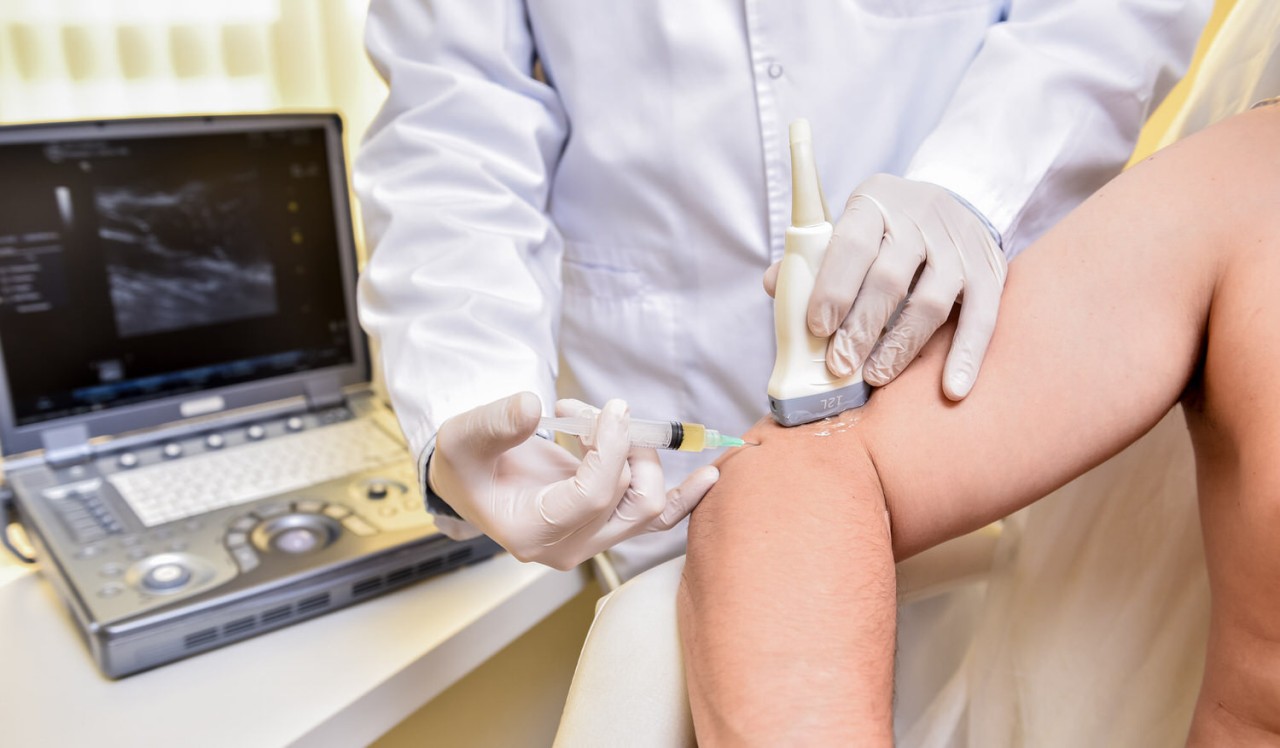The Many Uses of Platelet-Rich Plasma (PRP) Injections
In recent years, doctors have learned that the body has an incredible ability to heal itself. Platelet-rich plasma (PRP) therapy is a form of regenerative medicine that embraces those abilities and accelerates the natural growth factors your body uses to heal tissue. The treatment uses your own blood cells to create injections that can be used to treat conditions ranging from musculoskeletal pain and injuries to cosmetic procedures.
What is Platelet-Rich Plasma (PRP) and what are PRP Injections?
Platelet-rich plasma consists of plasma, the liquid portion of blood, and platelets, the healing blood cells that contain growth factors that trigger cell reproduction and stimulate tissue regeneration. Simply, platelet-rich plasma is blood that contains more platelets than normal.
PRP injections are prepared by drawing your own blood and running it through a device called a centrifuge to concentrate the platelets within the plasma. These activated platelets are then injected into the target area, such as an injured knee or tendon. This releases specific bio-proteins or hormones, called growth factors, that accelerate the healing process.
Different Uses of PRP Therapy
Clinicians first used PRP therapy to accelerate healing after jaw or plastic surgeries. Now, post-surgical PRP injections have expanded to stimulate the healing process and decrease pain in muscles, tendons, and ligaments, as procedures on these tissues have notoriously long recovery times.
PRP injections have been proven effective to treat male pattern baldness, both in preventing hair loss and promoting hair growth. It can also aid in the acceleration of hair growth following a hair transplant procedure.
Other uses of PRP include anti-aging treatments: reducing fine lines, wrinkles and other signs of aging.
Side Effects and Risks of PRP Injections
A PRP injection is considered a low-risk procedure and does not usually cause any major side effects. The procedure involves a minor blood draw, so it is important to be full and hydrated beforehand to prevent feeling lightheaded. After the procedure, you may experience some soreness and bruising at the injection site.
Because PRP injections are made up of your own blood cells and plasma, the risk of an allergic reaction is much lower than with other injectable medications. Less common risks of PRP injections include bleeding, infection, nerve injuries, and tissue damage.
Further, PRP injections are advantageous because they can reduce the need for anti-inflammatories or stronger medications, such as opioids, following a surgery or procedure.
Platelet-rich plasma therapy is a form of regenerative medicine that provides a biological boost to the natural healing process. Because PRP is created from your own blood, it is considered relatively low-risk with the potential to accelerate and improve the healing of an injury, stimulate hair growth, and reduce the signs of aging. If you are considering PRP injections, contact the staff at Calvine Medical Aesthetics today to discuss all the benefits and risks of the treatment.
Related Posts
Comments
By accepting you will be accessing a service provided by a third-party external to https://www.calvineaesthetics.com/
Latest Tags
Website Contents ©
Calvine Medical Aesthetics
Unauthorized duplication or reposting of the contents of this site in any form is strictly prohibited.
Stockton Website Design by Brentwood Visual


